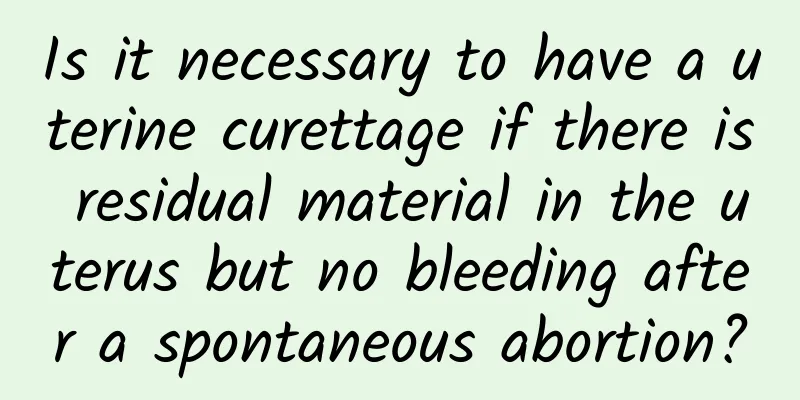How to treat cervical warts

|
Cervical warts are also particularly serious gynecological diseases. Especially after female friends suffer from such cervical warts, they must be treated in time. Some people delay the cure of the disease, which makes more people suffer from other diseases. So what is the treatment of cervical warts? Laser therapy It is a commonly used method for treating cervical condyloma in dermatology and venereology. It is characterized by rapid effect, and the warts can fall off at the time of treatment. Carbon dioxide laser is commonly used to burn the warts, and generally the warts can fall off in one treatment. However, due to the over-concentration of the laser beam, laser treatment is only suitable for cervical condyloma that is not too large. If the warts are large, laser treatment is likely to cause recurrence. Microwave therapy It is a treatment method that has emerged since the 1990s. Its principle is to use the high-frequency vibration of microwaves to evaporate the water inside the warts, causing them to necrotize and fall off. The characteristics of microwave treatment are that the warts are completely destroyed and are not easy to recur, but the wound surface recovers slowly and is prone to secondary infection. Therefore, microwave treatment is particularly suitable for treating large, isolated, and scattered warts. At the same time, it should be kept away from the frenulum of the foreskin to prevent damage to the frenulum and affect the male reproductive function. Electrocautery It is an older treatment method. In the past, dermatologists often used high-frequency electric knives or electric soldering irons to cauterize common warts, moles and other skin growths. It is easy to operate and effective. High-frequency electric knives can directly remove and dry warts, and the treatment is more thorough. However, the healing of the ulcer surface caused by electric cauterization is slow. In summary, electric cauterization treatment can be used to treat any cervical warts, but it has high technical requirements for the operator. Excessive or insufficient cauterization is harmful. At the same time, attention should be paid to aseptic operation to prevent infection. Surgery Surgical excision is generally not recommended for cervical warts, because after surgical treatment, cervical warts are prone to recurrence, making the treatment fail. However, surgical excision can be considered for larger warts with pedicles. Some patients have cervical warts that grow too quickly or are as large as cauliflower, which makes other treatments very difficult, so surgical treatment can be considered. To prevent recurrence, other treatments should be combined after surgery. |
<<: How to treat cervical warts
>>: What method should be chosen for the initial treatment of cervical warts
Recommend
What are the common symptoms of ovarian cysts?
Many women panic and don't know what to do af...
What are the harms of two abortions to the body? Two abortions will bring five kinds of harm to the body.
Nowadays, many girls are not well prepared for ab...
What is the cause of uremia?
What is the cause of uremia? The causes of uremia...
Thrombosis test for threatened abortion
Before understanding the thrombosis test for thre...
How to prevent miscarriage in early pregnancy
How to prevent early miscarriage? Among all the s...
5 golden rules to lose weight after childbirth is super easy
The entertainment industry has been full of happy...
Why do I have my period every ten days?
Why does my period come every ten days? Menstruat...
Brief analysis of typical symptoms of uterine fibroids
Uterine fibroids are a very common uterine diseas...
5 exercises to eliminate belly fat and develop attractive waistline
[Key points]: Office workers spend most of their ...
Experts explain the causes of ectopic pregnancy
Because patients with early ectopic pregnancy wil...
What is the past and present of uterine fibroids? What is the origin of uterine fibroids?
What is the past and present of uterine fibroids?...
What is the best medicine for uterine fibroids and gallbladder polyps?
Uterine fibroids and gallbladder polyps are some ...
Daily Dietary Tips for Pelvic Peritonitis
Pelvic peritonitis is an inflammation caused by i...
Always pay attention to the causes of cervicitis
In recent times, the causes of cervicitis have be...
Understand the main causes of ovarian cysts in women
Women should know about ovarian cysts, which is a...









